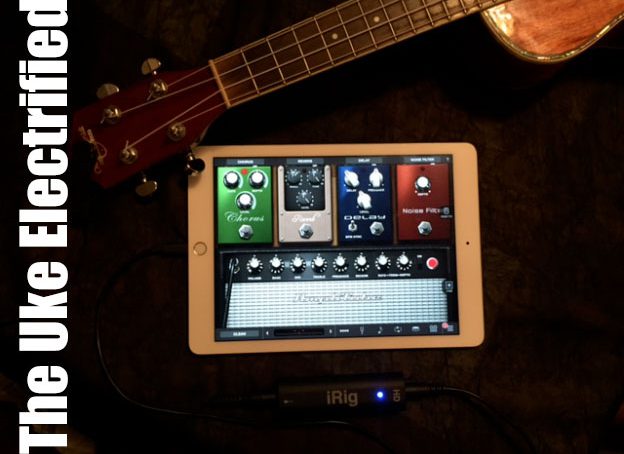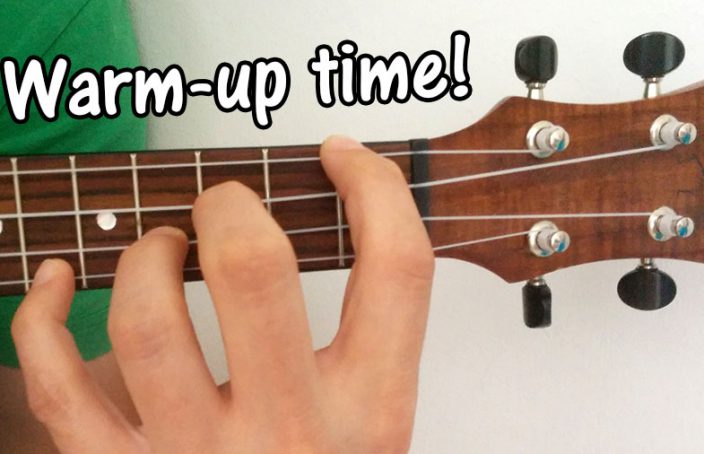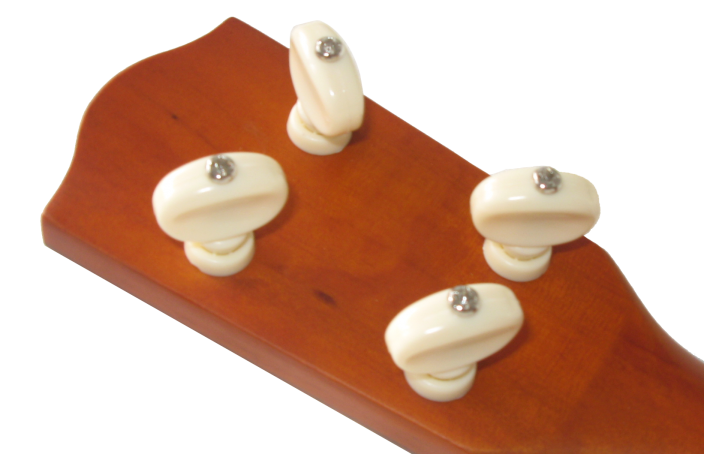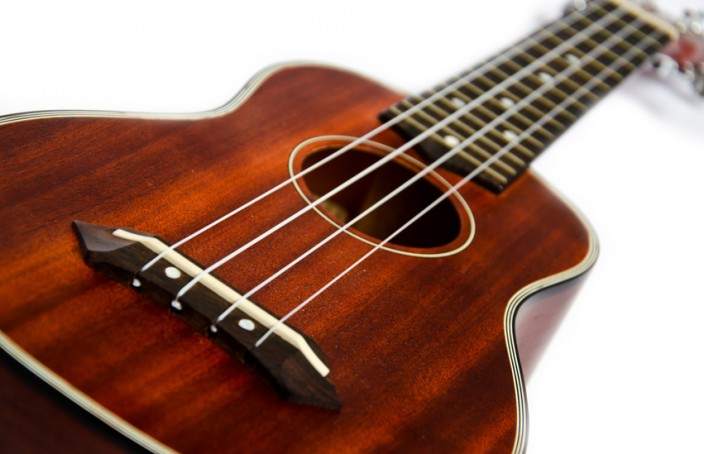Ukulele Strings
One of the most important aspects of the ukulele is having the right strings. Good strings can make all the difference in sound, even making a cheap ukulele sound bright and awesome. Unless a ukulele comes with a quality string already on it, it is always wise to change the strings on a new instrument. Just remember as a beginner to follow certain guidelines on string makeup and tuning. It can be very easy to damage a ukulele with the wrong strings or by attempting to tune a string higher than it will go. Ukulele Sizes and Tunings Pocket or Sopranissimo With a length of 16 inches and scale of 11 inches these tiny ukuleles are often tuned DGBE. Similar to Baritone tuning just two octaves higher. Soprano The most well known ukulele size with a length of 21 inches and a scale of 13 inches. Most often tuned GCEA,[…]
Read More








Yes... and no. If you want to tune from EADG to GCEA, here is the pitch difference (in half-steps) per…